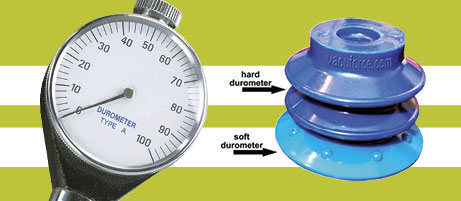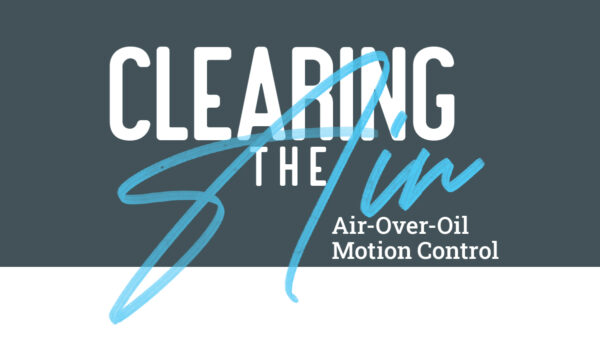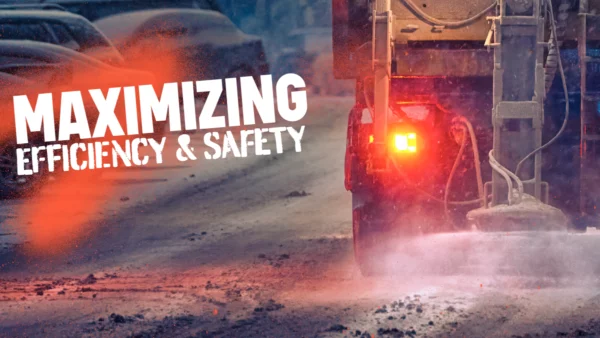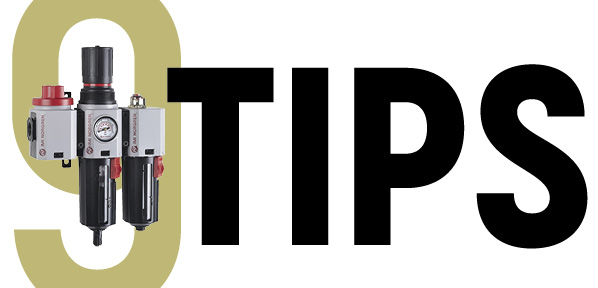Assemble a Hydraulic Pilot-operated Pressure Relief Valve
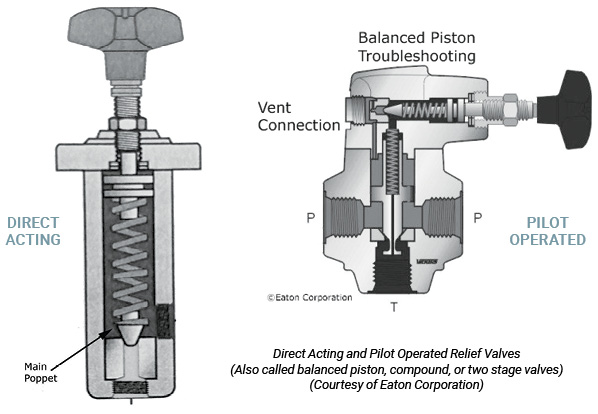
Relief valves are used to limit maximum pressure in hydraulic systems. When system pressure begins to exceed the pressure setting of the relief valve, a controlled amount of hydraulic fluid by-passes through the relief valve to the tank port and limits the system pressure to the valve setting. The two basic types of relief valves are direct acting (simple) and pilot operated (compound).
Several important terms must be understood with respect to the operation of relief valves. These are: cracking pressure, full-flow pressure, and reseat pressure.
- Cracking pressure – pressure at which the poppet valve unseats.
- Full-flow pressure – pressure at which a relief valve diverts full flow to the reservoir.
- Reseat pressure – pressure at which a relief valve closes after being open.
In a simple relief valve, a spring holds the poppet against a seat. When system pressure is high enough to overcome the spring force, the poppet moves off the seat to allow fluid flow through the bypass. The spring compression is set so that the poppet opens to divert sufficient flow to limit the pressure to the preset value.
In a compound relief valve, a light spring holds the main stage piston so that the discharge port is normally blocked. A small amount of fluid flows past the main stage piston through an orifice in the main piston to the pilot stage of the relief valve. The pressure of the fluid on the pilot valve exerts a force on the pilot valve poppet. If the force exceeds the spring force, the poppet is unseated, allowing a small amount of fluid to flow through the drain. The vent port on a ventable pilot-operated remote control valve may be used as a remote control or plugged if not used.
The pressure drop resulting from flow past the pilot valve poppet is experienced on the back side of the main stage piston, and the piston shifts, opening the valve. In operation, the compression on the pilot stage spring is adjusted so that the main stage piston opens at a specified pressure.
As with all precision machined components, care must be exercised when assembling a pilot-operated relief valve. Cleanliness is of the utmost importance. Components, particularly the balanced piston, should be lubricated with clean oil prior to assembly. The cap or pilot section of the valve must be carefully aligned over the piston. Some relief valves use locator pins to ensure alignment. Bolts must be torqued properly. Operation of the valve should be tested before placing the valve back in service. If the valve fails to function properly due to piston binding, the cap may be loosened and tapped gently to achieve proper alignment. Bolts must be retorqued following this adjustment.
Test Your Skills
1. What would happen if the pilot orifice in the main piston of a pilot-operated relief valve became plugged?
a. Valve would function normally.
b. Valve would never open.
c. Valve would work normally, but would only divert a small amount of fluid to the tank port.
d. Increasing the pressure on the pilot stage spring would decrease the cracking pressure of the valve.
e. Valve would open once, then remain open.
2. What do you do with the vent port on a pilot-operated relief valve?
a. Connect to tank above fluid level.
b. Connect to tank below fluid level.
c. Use as a remote control port.
d. Always use a gauge port.
e. Vent to atmosphere.
See the Solution

